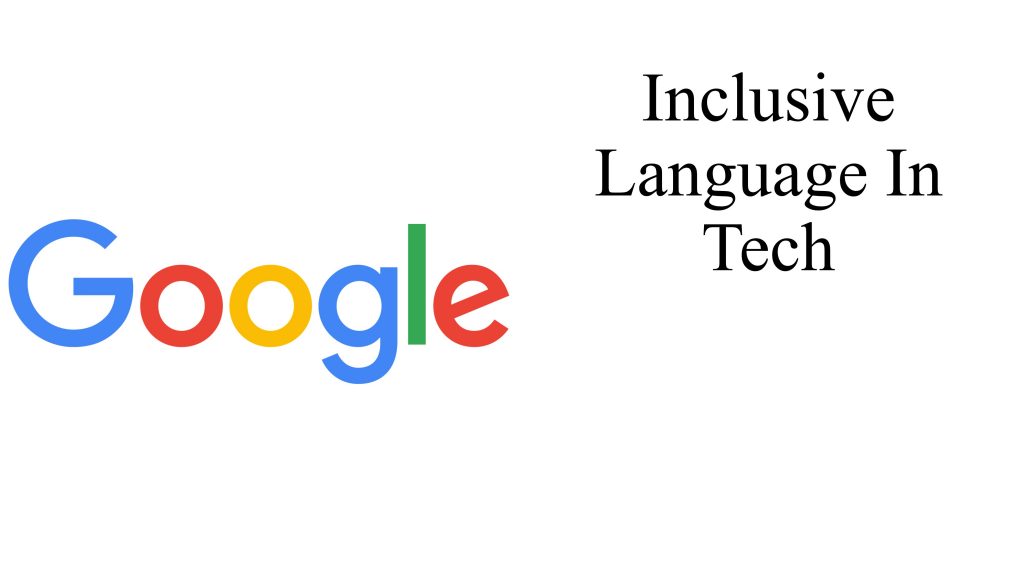
On December 7th, 2021, Google tweeted about one of their latest podcast episodes, which was about inclusive language in tech.
That tweet had 3 links: one to the episode itself, one to its transcript, and one on YouTube.
So, what is inclusive language?
Zineb Ait Bahajji, who’s a Googler, said:
“So by inclusive language, we mean a language that is actually free from words or phrases that are stereotyped or discriminatory. So for a very long time and in
many languages, like French, for instance, the masculine form was the default expression in any context. So for example, people would say, “During the executive meeting, chairmen are leading the discussion.” But this could be a chairwoman. But the masculine would actually be used.”
The thing about inclusive language–or…let me put it this way: the tricky thing about non-inclusive language is that it’s almost too easy to use.
For example, as was heard toward the beginning of the podcast episode, John Mueller said, “you guys,” which some people tend to see as non-inclusive.
I mention that because, while doing some research on the subject of inclusive language, I heard of something called a Hidden Bias Test, which you can find out more about here: Test Yourself for Hidden Bias.
So, when it comes to using inclusive language in tech, things first start with awareness, and then, conscious effort.